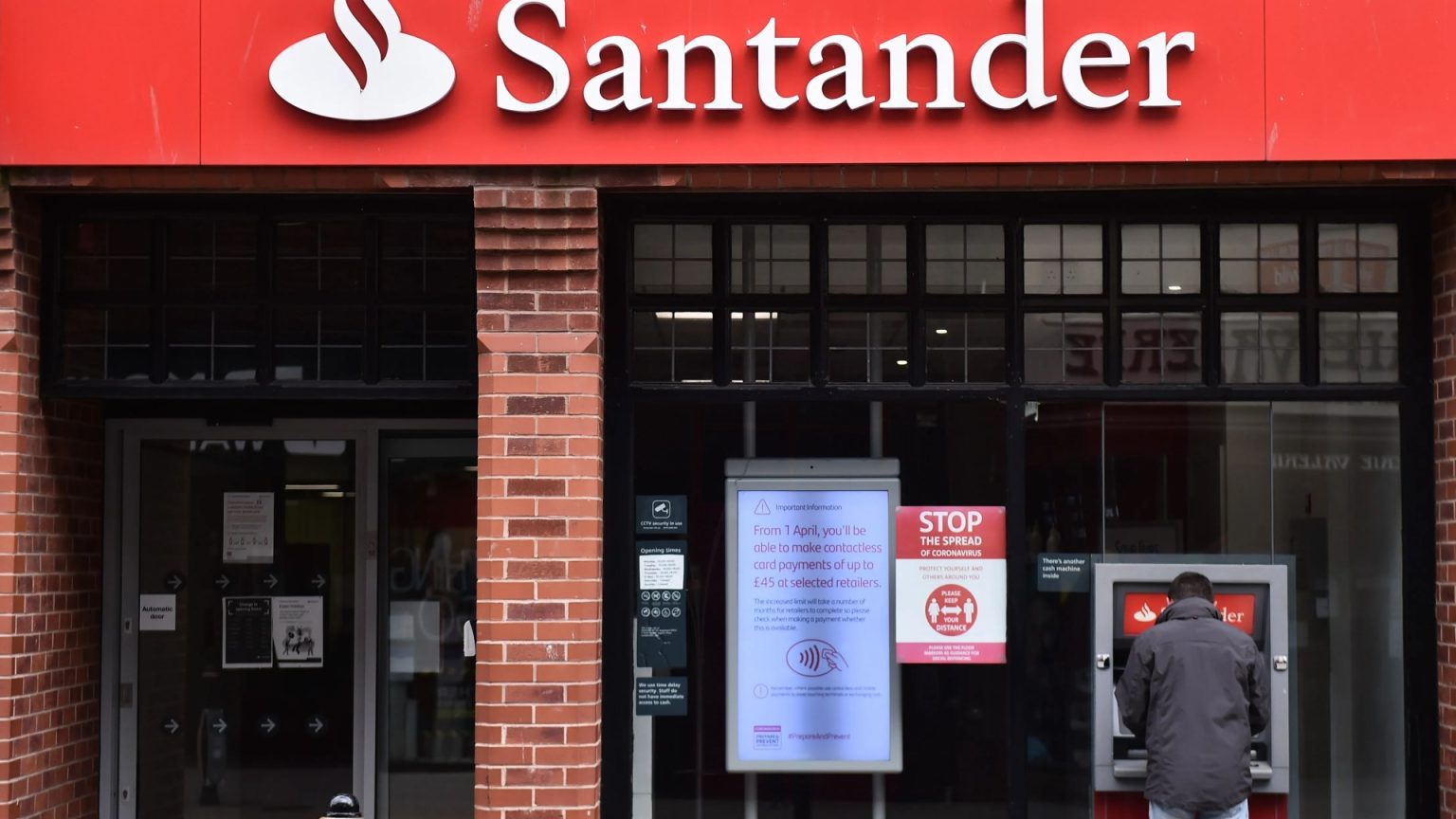The Spanish banking giant, Santander, is reportedly contemplating a complete withdrawal from the UK market, potentially selling off its operations in the country. This drastic move would mark a significant blow to the UK government and its efforts to maintain a stable financial sector. Santander, which boasts over 400 branches and 14 million customers in the UK, is said to be frustrated with UK regulations, particularly those implemented after the 2008 financial crisis. These regulations, including ring-fencing rules, are believed to have hampered Santander’s profitability in the UK compared to other markets. Adding to the bank’s woes are the mounting costs associated with the car finance scandal, with potential compensation payouts estimated to reach as high as £26 billion. This challenging financial landscape appears to be pushing Santander to consider exiting the UK altogether.
Santander’s potential departure comes at a time when the UK government is actively seeking to boost economic growth and reduce regulatory burdens. Chancellor Rachel Reeves recently urged regulators to dismantle barriers hindering economic expansion and emphasized the government’s commitment to driving investment and reforming regulations. The news of Santander’s possible exit underscores the tension between maintaining financial stability through regulation and fostering an environment conducive to business growth. The bank’s departure would represent a considerable loss of jobs and banking services for UK customers, further complicating the government’s economic agenda. Former Santander executives have hinted that such a move has always been a possibility under Chair Ana Botín, particularly given the impact of ring-fencing rules on profitability.
The potential sale of Santander’s UK operations, which employ around 20,000 people and hold £200 billion in customer lending, would significantly reshape the UK banking landscape. The bank had already announced plans to cut 1,400 jobs late last year, signaling ongoing efforts to streamline its operations. While Santander UK insists the UK remains a core market and this hasn’t changed, the reports of a potential exit raise serious questions about the long-term viability of its operations within the current regulatory framework. The bank’s recent history includes a costly incident in 2021 when it accidentally paid out £130 million to customers on Christmas Day, a blunder that further strained its financial position. Recovering these funds proved challenging, particularly from customers who had used the accidental payments to offset overdraft balances.
The potential departure of a major bank like Santander also highlights the broader trend of branch closures across the UK. Traditional banks are increasingly shifting towards online and app-based services, leading to the closure of over 6,000 branches since 2015. This shift leaves many communities, particularly in rural areas, with limited access to in-person banking services. To address this issue, banking hubs have emerged as a vital resource, providing a physical location for customers to conduct basic transactions, access staff from different banks, and receive financial advice. These hubs, often operated by the Post Office, aim to bridge the gap created by branch closures and ensure continued access to essential financial services for communities across the UK.
The uncertainty surrounding Santander’s future in the UK comes amid a backdrop of increased incentives for customers to switch banks. Several major banks, including Santander itself, have offered cash bonuses to entice new customers. However, financial expert Martin Lewis cautions against frequent bank switching, noting that multiple applications in a short period can negatively impact credit scores. He particularly advises against switching banks if a mortgage application is imminent, as lenders often prefer to see evidence of stable banking relationships. This advice adds another layer of complexity for customers considering their banking options, particularly in light of potential branch closures and the ongoing uncertainty in the financial sector.
In a complex interplay of regulatory pressures, economic challenges, and evolving customer behaviors, Santander’s potential exit from the UK market underscores the dynamic nature of the financial landscape. The government’s efforts to stimulate economic growth are juxtaposed with the need to maintain a stable and regulated financial sector. While banking hubs attempt to mitigate the impact of branch closures on communities, the potential departure of a major player like Santander raises broader questions about the future of banking in the UK. The bank’s decision will undoubtedly have significant ramifications for customers, employees, and the broader financial ecosystem.




